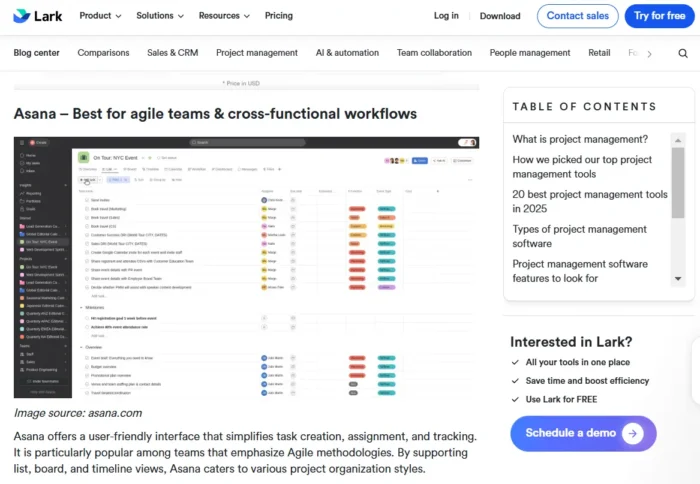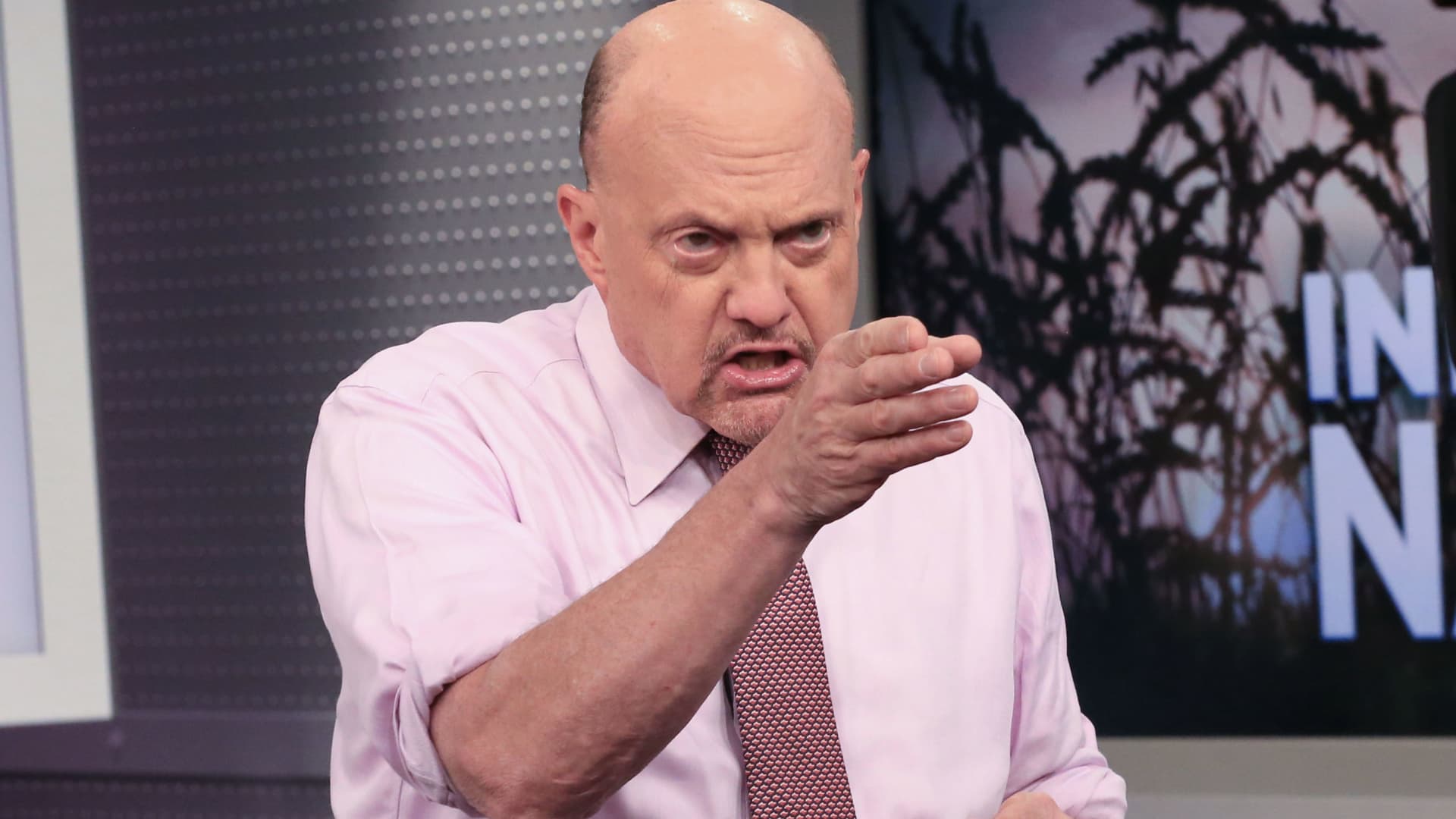Fed Expected to Maintain Current Interest Rates Amid Ongoing Inflation Concerns
The Federal Reserve is set to announce its monetary policy decision this Wednesday. For the fifth consecutive meeting, the benchmark rate is expected to be kept at its current range of 5.25% to 5.50%. With no adjustments planned to...
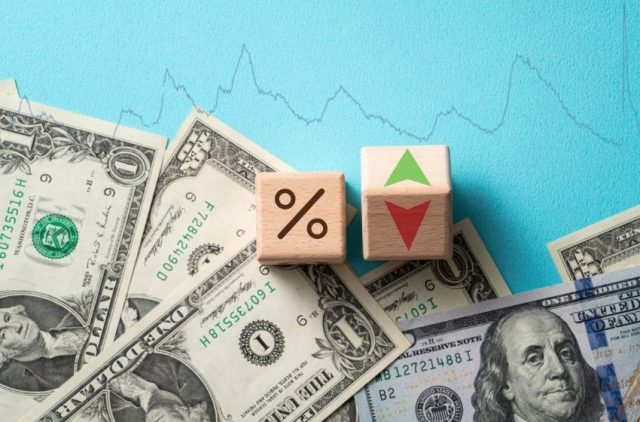
The Federal Reserve is set to announce its monetary policy decision this Wednesday. For the fifth consecutive meeting, the benchmark rate is expected to be kept at its current range of 5.25% to 5.50%.
With no adjustments planned to its quantitative tightening program, which aims to gradually reduce its bond holdings, this move indicates the central bank’s continuous fight against persistent inflation.
Market Anticipation and Economic Projections
Investors are bracing themselves for the Fed’s forward guidance, which will be important in determining the path of future monetary policy. According to the consensus, the Fed should proceed cautiously and wait for additional proof of deflation before lowering borrowing prices.
This strategy recommends delaying any potential rate cuts until the central bank is more certain that inflation is steadily approaching its 2% objective. Resilient economic indicators have been observed, with recent PPI and CPI data emphasizing sticky pricing pressures.
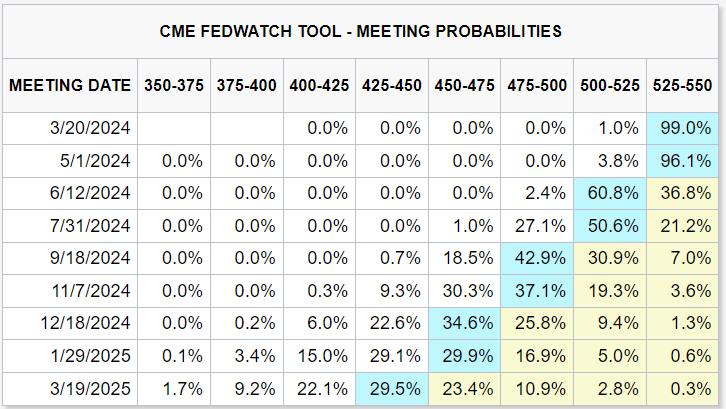 Source: CME Group via DailyFX
Source: CME Group via DailyFXThe prospect of fewer rate cuts in 2024 than first anticipated is indicated by the possibility that the Fed may raise its macroeconomic projections for GDP and core PCE deflator forecasts.
 Source: Federal Reserve via DailyFX
Source: Federal Reserve via DailyFXPotential Market Impact
As markets acclimate to the possibility of a more patient and cautious Fed, many predict that this stance could result in a brief spike in the U.S. Treasury yields and the U.S. dollar.
This would unsettle gold and stocks, which have enjoyed rallies under the impression of an impending shift in policy toward easing.
Inflation Challenges and Housing Costs
 Source: U.S. Bureau of Labor Statistics via Federal Reserve Bank of St. Louis
Source: U.S. Bureau of Labor Statistics via Federal Reserve Bank of St. LouisThe Fed’s goals are challenged by ongoing inflation, particularly in housing expenses. Rising mortgage rates and a lack of available homes nationwide have made renting the most popular choice for most Americans, despite forecasts of a decline brought on by building booms in some areas.
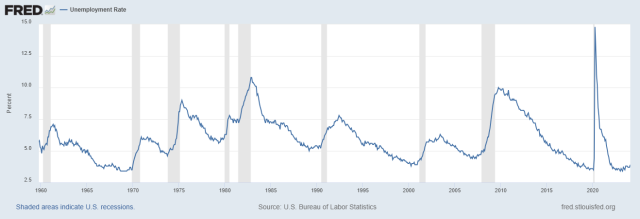 Source: U.S. Bureau of Labor Statistics via Federal Reserve Bank of St. Louis
Source: U.S. Bureau of Labor Statistics via Federal Reserve Bank of St. LouisWith the unemployment rate remaining below 4% for the longest period since the 1960s, employment stability has at least somewhat mitigated these effects.
Economic Outlook and Inflation Dynamics
Bankrate analysts highlight how entrenched inflation is, speculating that the Fed’s efforts to achieve the 2% inflation target may be limited to just two interest rate cuts this year.
The labor market has mixed results, with rising immigration and productivity providing possible inflation hedges. These elements may present a potentially stable economic future by enabling the economy to accommodate higher wages without causing more inflation.
Political Considerations and Timing
Political sentiments towards the economy remain divided, influencing public perception and potentially the timing of future Fed actions. To avoid appearing politically motivated, the Fed is trying to hold off on making any changes to interest rates until June at the latest. This is due to the closely approaching general election.
Final Thoughts
As it sets the tone for economic expectations in the future months, the Federal Reserve’s impending policy announcement is pivotal for traders and market observers.
In light of persistent inflation and a complex economic landscape, the Fed’s cautious approach signifies a delicate equilibrium between promoting economic stability and managing obstacles to price stability.
The market’s reaction to the central bank’s decision-making will depend on its capacity to guide the economy toward fulfilling its dual mandate of low inflation and full employment without caving into outside pressure or jeopardizing its credibility in front of consequential political turning points.

 Troov
Troov 



















